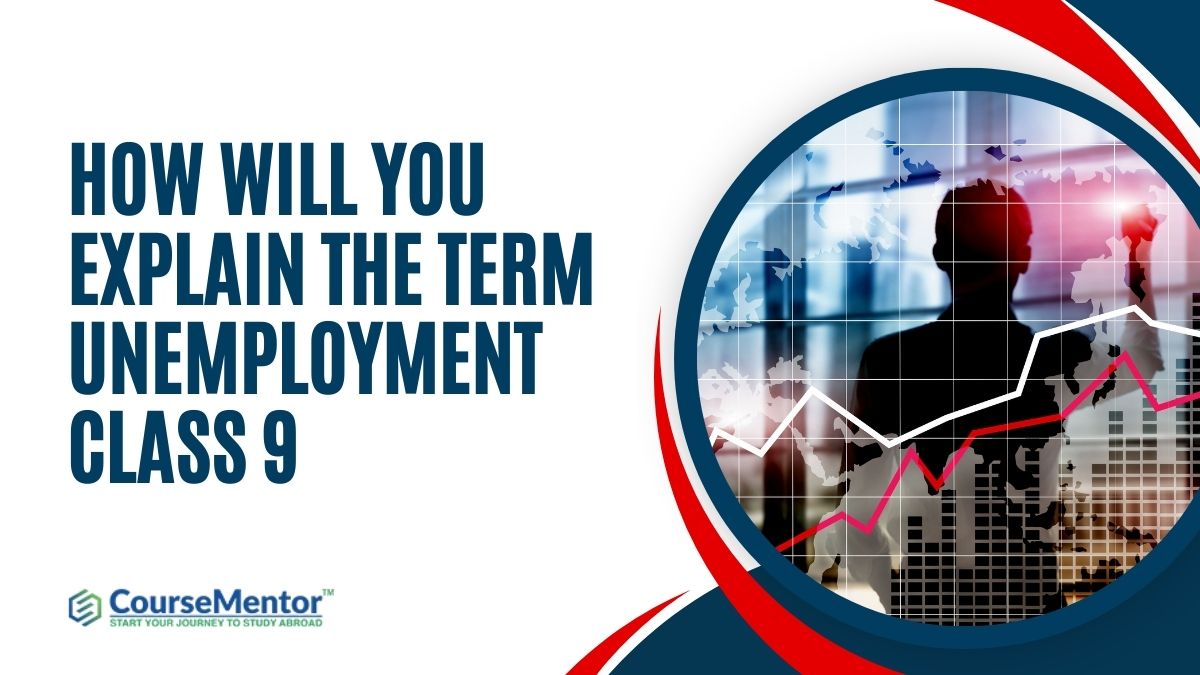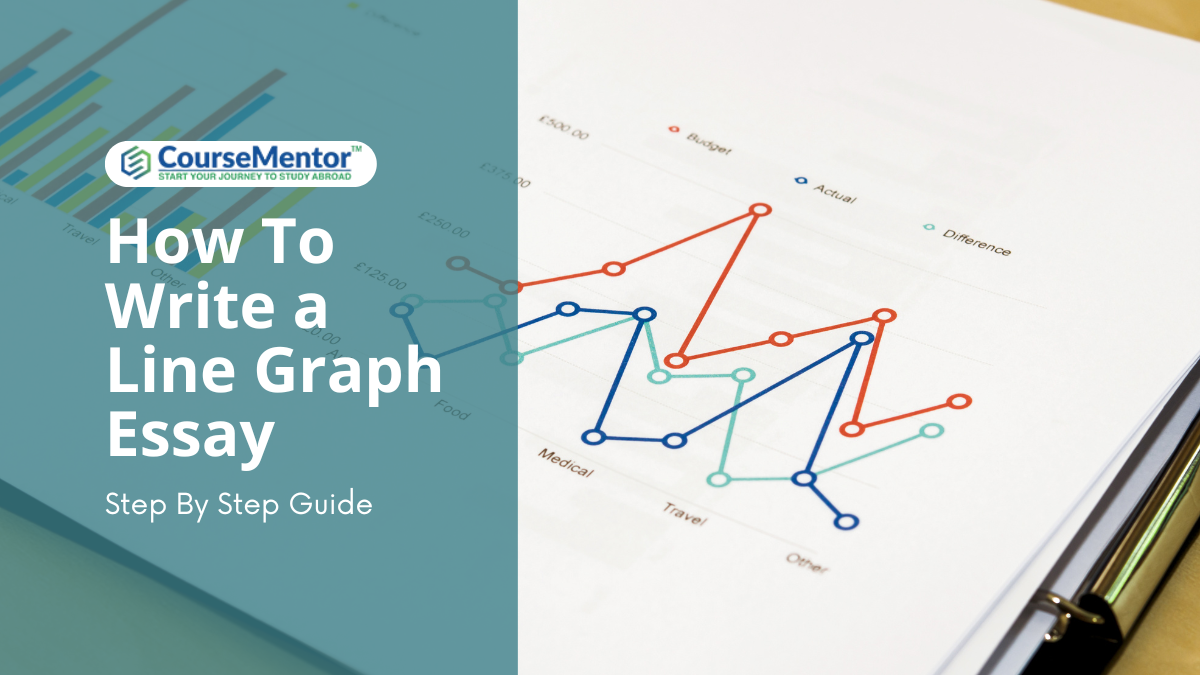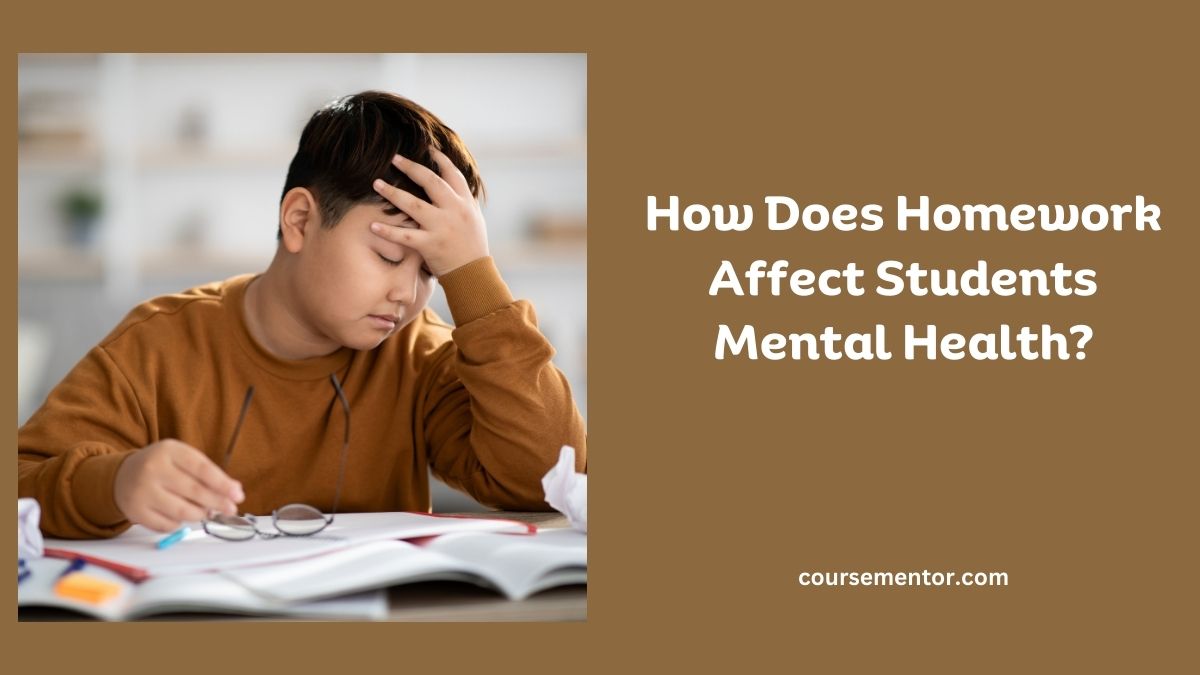Unemployment is like a puzzle in the world of money matters. This blog is here to make it easy for Class 9 students. We’re going to unravel what unemployment really means, step by step. We’ll explore its types, why it happens, what it does to people and places, and how governments try to fix it.
It’s not just about numbers; it’s about how this affects our everyday lives. By the end, you’ll see unemployment in a whole new light. So, let’s dive into this economic adventure together and make sense of why it matters to all of us!
Definition of Unemployment
At its core, unemployment refers to the condition where capable individuals actively seeking employment find themselves without suitable work opportunities. It is not merely a personal predicament but a widespread economic phenomenon with far-reaching implications. Unemployment is a critical indicator of an economy’s health, reflecting the efficiency of its labor market and the overall well-being of its citizens.
Types of Unemployment
Frictional Unemployment:
- A transitional phase where individuals are temporarily jobless while actively seeking new opportunities.
- Comparable to the time between completing one job and starting another.
- Occurs due to factors such as job changes, relocations, or individuals entering the workforce for the first time.
- Considered a natural part of the employment process as individuals navigate the job market in pursuit of better opportunities.
Structural Unemployment:
- Arises from a mismatch between the skills possessed by the workforce and the skills demanded by available job opportunities.
- Often results from technological advancements, changes in market demands, or shifts in the overall economic landscape.
- Renders certain skills obsolete, making it challenging for individuals with outdated skill sets to secure employment.
- Solutions involve retraining programs and educational initiatives to align the workforce with evolving industry requirements.
Cyclical Unemployment:
- Intimately tied to economic cycles, experiencing fluctuations based on the overall health of the economy.
- During periods of economic downturn, companies may cut jobs due to reduced demand for goods and services.
- Leads to a surge in unemployment rates as businesses adjust their workforce to match the decline in consumer spending.
- Government interventions, such as stimulus packages and infrastructure projects, aim to counteract cyclical unemployment by stimulating economic growth.
Causes of Unemployment
Technological Advancements:
- Rapid changes in technology can lead to job displacement as automation and AI replace certain manual tasks.
- Industries adopting new technologies may require a different skill set, leaving those with outdated skills unemployed.
Economic Recessions:
- During economic downturns, reduced consumer spending prompts companies to cut costs, often through layoffs.
- Businesses may struggle to maintain previous employment levels when demand for goods and services decreases.
Lack of Education and Skills:
- Insufficient education or outdated skills can create barriers to employment.
- Structural unemployment occurs when there is a misalignment between the skills that workers have and the skills that employers are seeking, creating a disconnect in the labor market.
Globalization:
- Increased global competition can impact local industries, leading to job losses in sectors unable to compete on a global scale.
- Outsourcing and offshoring practices may shift jobs to countries with lower labor costs.
Shifts in Market Demands:
- Changes in consumer preferences and market demands can render certain industries or skills obsolete.
- Individuals working in declining sectors may face challenges finding employment without retraining.
Impact of Unemployment
Knowing how unemployment affects us is super important. When someone doesn’t have a job, it’s not just about not having money – it also means struggling to afford basic things like food and housing. But it’s not just an individual problem; if lots of people can’t find work, it can make a whole community feel upset and might even lead to more things.
Plus, when many people are jobless, it slows down the whole country’s progress because fewer people are contributing to making things happen. So, it’s not just about helping individuals find jobs; we also need to figure out how to fix this issue for everyone. Understanding these effects is like realizing we need to work together to solve the puzzle of unemployment, not just for one person but for our whole society.
Government Initiatives to Tackle Unemployment
Governments play a pivotal role in mitigating unemployment through various initiatives. Education and training initiatives strive to empower individuals with the skills required by the job market. By investing in these programs, governments pave the way for a more resilient and adaptable workforce. Infrastructure projects not only contribute to economic development but also create job opportunities. Governments may also provide unemployment benefits to support those actively seeking employment during challenging times. These benefits act as a temporary safety net, enabling individuals to meet their basic needs while navigating the job market.
Ways to Overcome Unemployment?
Boosting your chances of getting a job isn’t as tricky as it sounds! First off, keep learning—go to school, take courses, or learn online to get skills that companies want. Being up-to-date with what’s happening in the job world is essential, so keep an eye on new trends and changes. Connect with people too! It’s not just about what you know but also who you know.
Make friends in your industry, both in person and on the internet. This can lead to awesome opportunities. Most importantly, be flexible! Jobs change, and you should too. Being ready to learn new things and adapt will make you stronger, even when the job scene gets a bit unpredictable. So, Class 9, remember, the more you learn, stay connected, and stay flexible, the brighter your job future becomes!
Conclusion
Grasping the concept of unemployment goes beyond recognizing it as a personal struggle. For Class 9 students, this exploration serves as an introduction to the broader economic implications and societal importance of addressing unemployment. By comprehending the types, causes, impact, and role of government interventions, students gain valuable insights into the dynamic world of economics.
As future contributors to society, understanding and actively participating in initiatives aimed at reducing unemployment become essential components of their civic responsibility. This comprehensive guide strives to simplify the complexities surrounding unemployment, offering a foundation for continued learning and engagement in economic matters.





